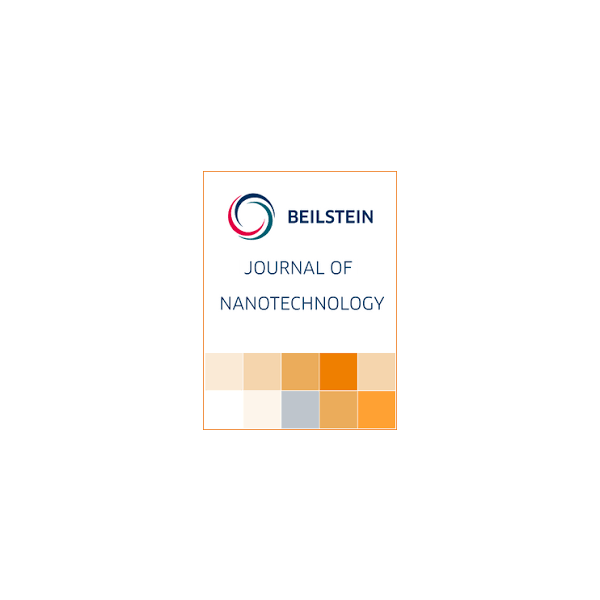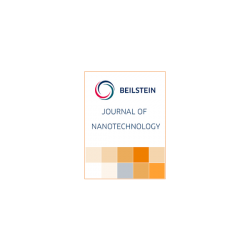Abstract
Vapor-deposition processes and the resulting thin polymer films provide consistent coatings that decouple the underlying substrate surface properties and can be applied for surface modification regardless of the substrate material and geometry. Here, various ways to structure these vapor-deposited polymer thin films are described. Well-established and available photolithography and soft lithography techniques are widely performed for the creation of surface patterns and microstructures on coated substrates. However, because of the requirements for applying a photomask or an elastomeric stamp, these techniques are mostly limited to flat substrates. Attempts are also conducted to produce patterned structures on non-flat surfaces with various maskless methods such as light-directed patterning and direct-writing approaches. The limitations for patterning on non-flat surfaces are resolution and cost. With the requirement of chemical control and/or precise accessibility to the linkage with functional molecules, chemically and topographically defined interfaces have recently attracted considerable attention. The multifunctional, gradient, and/or synergistic activities of using such interfaces are also discussed. Finally, an emerging discovery of selective deposition of polymer coatings and the bottom-up patterning approach by using the selective deposition technology is demonstrated.
Keywords: multifunctional; polymer coating; surface modification; surface patterning; vapor deposition
.png)

